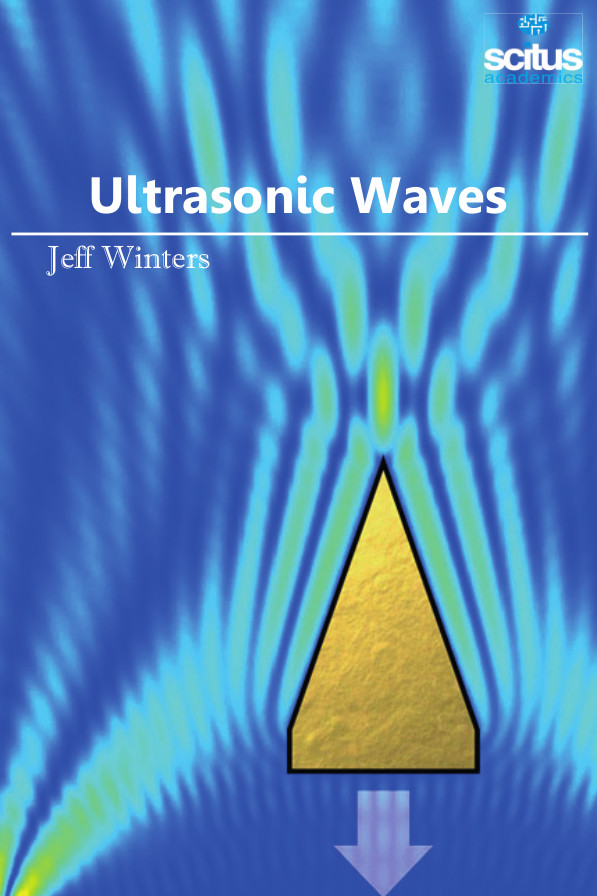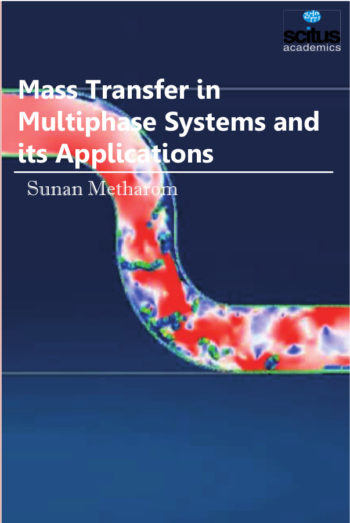Ultrasonic waves are renowned for their wide-ranging applications. They can be employed in numerous fields such as medicine, engineering, physics, biology, materials etc. A characteristic presented in all applications is the easiness of the instrumentation involved, even knowing that the methods are frequently very complex, sometimes requiring analytical and numerical developments. Ultrasonic vibrations of frequencies are greater than the upper limit of the audible range for humans—that is, greater than about 20 kilohertz. A common use of ultrasound is in underwater range finding; this use is also called Sonar. Ultrasonic homogenizing is very efficient for the reduction of soft and hard particles. A wide range of intermediate and consumer products, such as cosmetics and skin lotions, pharmaceutical ointments, varnishes, paints and lubricants and fuels are based wholly or in part of emulsions. Emulsions are dispersions of two or more immiscible liquids. Highly intensive ultrasound supplies the power needed to disperse a liquid phase (dispersed phase) in small droplets in a second phase (continuous phase). Sonochemistry is the application of ultrasound to chemical reactions and processes.
Ultrasonic Waves presents a number of advanced applications of ultrasonic waves, presented by the researchers in their scientific fields world-wide. This book should be of valuable source of information for advanced graduate students, scholars, as well as for those employed in industry.













